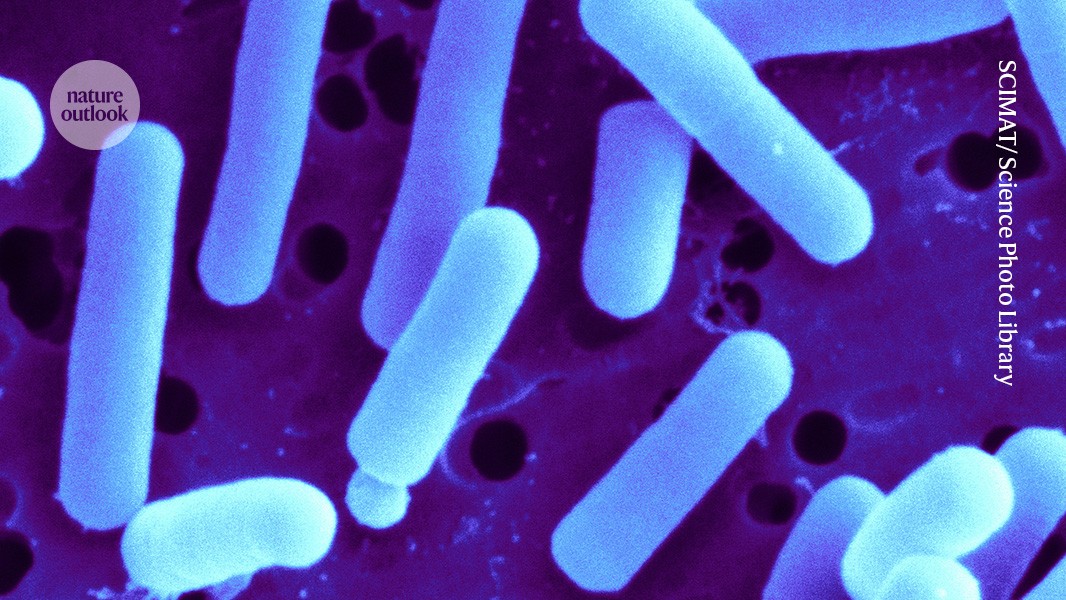
"Science is full of happy little accidents, as Anthony St Leger and his research team have learnt. They were trying to study the microorganisms that live on the surfaces of the eyes of mice, but were having trouble getting the bacteria to grow in the laboratory. Then, there was a moment of serendipity. "We were culturing bacteria and we forgot a plate in a chamber," explains St Leger, an ocular immunologist at the University of Pittsburgh in Pennsylvania."
"For many years, the eyes were thought to be sterile. But dogged attempts to grow bacteria from tiny samples from around ocular surfaces - and advances in genetic sequencing that can deliver readouts of microbial DNA or RNA without the need to grow the organisms in dishes first - have shown that the eye has its own microbiome. On the eye surface, there are only around 6 bacteria for every 100 human cells."
A slow-growing bacterium, Corynebacterium mastitidis, was discovered after an overlooked culture plate was incubated for a week, revealing that some ocular microbes require extended growth times. Advances in genetic sequencing and targeted sampling show that the eye is not sterile but hosts a low-density microbiome. The ocular surface contains roughly six bacteria per 100 human cells, far fewer than the colon's estimated 39 trillion. Common ocular genera include Staphylococcus, Streptococcus, Propionibacterium and Corynebacterium. Ongoing work examines how local and gut microbiota influence ocular health, implying microbial impacts on eye function and disease.
#ocular-microbiome #corynebacterium-mastitidis #microbial-culturing #genetic-sequencing #ocular-health
Read at Nature
Unable to calculate read time
Collection
[
|
...
]